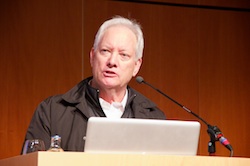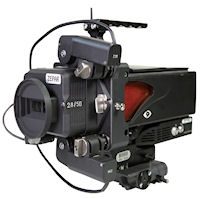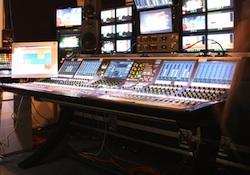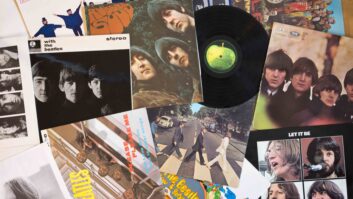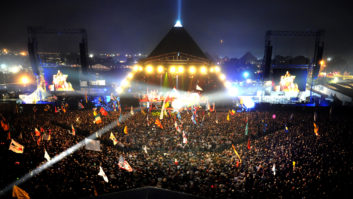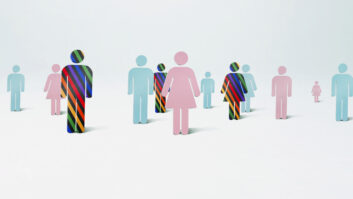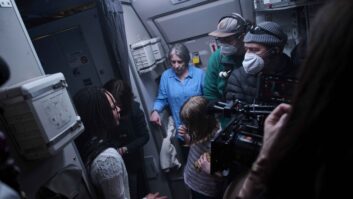Later…with Jools Holland has been the home of live music for almost 28 years on BBC Two, having started back in 1992 and with over 350 shows to date. It is known over the world for its live performance format with all the artists in the studio at the same time, taking it in turns to perform with Jools at the helm. It is also known for giving a TV platform to brand new artists as well as established names and in recent years has offered up TV debuts to the likes of Adele, Amy Winehouse, Arctic Monkeys, Ed Sheeran, Stormzy, Gregory Porter, Christine & The Queens and many more!
But, like many programmes, Later…with Jools Holland has needed to adapt to the lockdown restrictions in the current situation surrounding Covid-19. So, what changes have been implemented with the new series that started on 15th May?
“We had to move away from Television Centre in west London,” explains Alison Howe, executive producer, BBC Studios. “But we are lucky in that Jools has his own studio based in south London. This is his musical home, it’s where he rehearses, where he records and where he collaborates with artists. He opened that up for us to do the shows from there, because it would have been difficult to find an alternative natural home for the show’s format. It feels in keeping with what we’d normally do, but also gives the audience an insight into Jools’ own music world.”
Howe points out that the studio show is normally transmitted live (or as live) so this has been a whole new experience for the production team. “We decided that we wanted to match the production values of our usual show where we could, so pre-recording the show gives us the chance to make sure the sound and pictures are the best they could possibly be.”
New look
The revised approach meant the team had to rethink the production format for the show. “We need to fill the time differently and engage the audience with someone’s personal story and the archives, for the first show this was Christine and the Queens. Laura Marling also shot a performance herself, we gave her a style guide of how we want to do performances in terms of the look, sound, camera angles etc.”
For a future programme the team worked with Lianne La Havas from her home, again with guidance and technical help in terms of what was needed to deliver the best possible performance within each show.
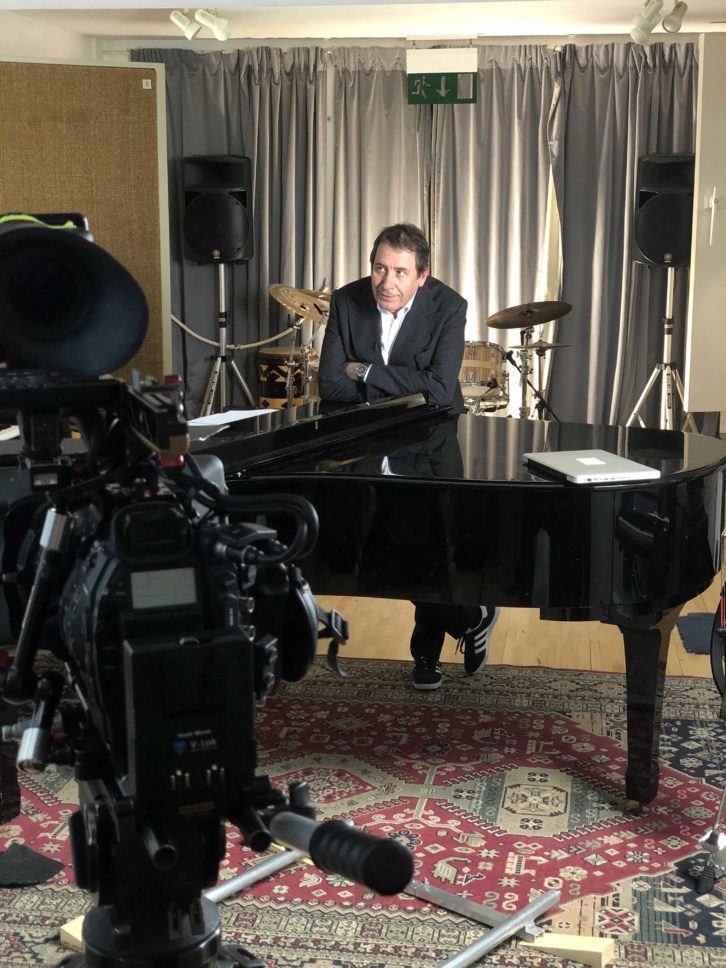
“One of the things we were all quite keen on achieving in getting these specially shot performances is that they were of the highest possible quality,” explains Howe. “A lot of work was put into how they’re captured, what they’re recorded on and the sound quality, so it’s all in keeping with the normal high levels of production that we achieve when we make the show in the studio. We’ve put a lot of effort working with artists in the delivery to ensure we’re all collectively creating something with which we are all proud.”
She adds, “This is a 45-minute show and we want to hear as much detail as we can about our guest’s musical story so it feels about right to feature a single artist.”
Howe says she is keen to see if performances from Holland’s studio space can be included but, at the moment, that is not possible because of social distancing.
On the ground at that studio there is a two-person crew filming and capturing the guest interviews that take place over Zoom, and recording the links needed to be included in other parts of the show. Two cameras are used, one locked off, the other manned with an operator maintaining social distancing. “Normally, we would have a full multi camera operation, a full sound team and a floor and design team. The audience normally comprises 250 to 300 people, and five or six artists and interviews. It’s a very full busy show and we know how to do that. But something different was needed for these unusual times.”
She concludes, “It was challenging, and indeed a little scary, to start with as we had never made the show any other way than in a regular studio. However, it’s been incredibly exciting to almost start again, learn how to do things differently and offer the audience a different type of Later…with Jools Holland. A small team of people have worked very hard to bring an established music show to the BBC Two schedule in a new way and so far after one show, the response has been terrific. The mix of Jools with a great and interesting guest with stories to tell, unrivalled archive as well as some new performances has offered up a real visual and sonic treat at a time when its most needed.”
